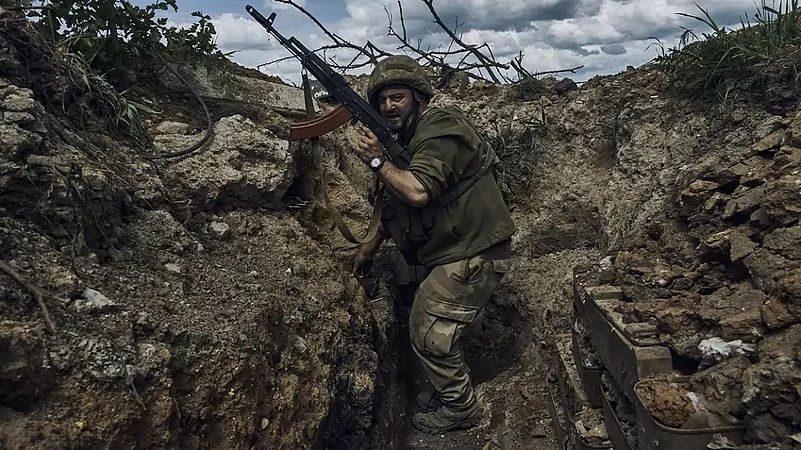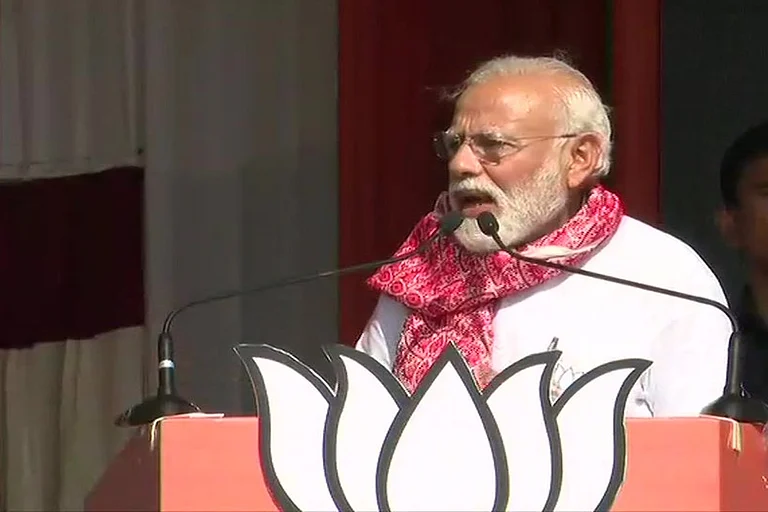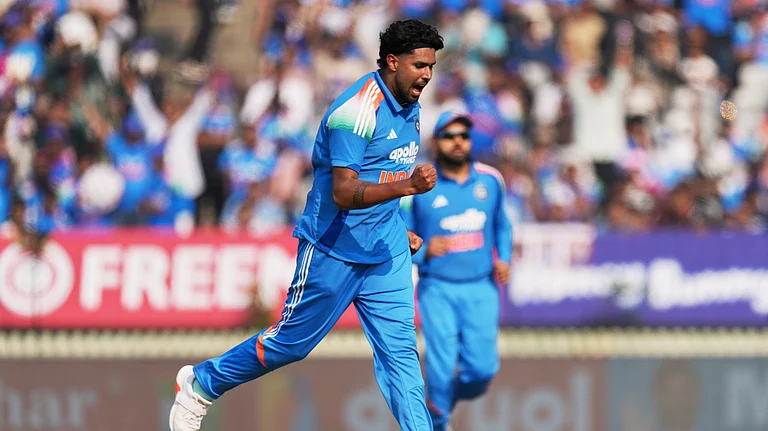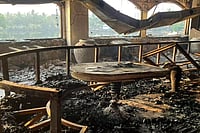In a continuation of the 15-month-old war, Ukrainian troops are intensifying their efforts to test the strength of Russian defenses as spring transitions into a second summer of fighting. While Russia has experienced setbacks and made mistakes, experts argue that they have also honed their weapons and skills, presenting a formidable challenge for Ukraine.
Russian forces have constructed heavily fortified defenses along the 1,000-kilometer (600-mile) front line, bolstered their electronic warfare capabilities to counter Ukrainian combat drones, and transformed Cold-War-era bombs into precision-guided gliding munitions capable of striking targets without endangering their warplanes. These evolving tactics, along with increased troop numbers and improved weaponry, pose a significant obstacle to Ukraine's aspirations for a swift and decisive victory, potentially transforming the conflict into a protracted battle of attrition.
General Mark Milley, Chairman of the US Joint Chiefs, acknowledged that while Ukraine's military is well-prepared, the evolving nature of the conflict suggests it will be a back-and-forth struggle for a considerable period. The focus of attention last week was catastrophic flooding in southern Ukraine, attributed to the destruction of the Kakhovka dam, which both sides blame on each other. However, Ukrainian forces have also launched a series of attacks on various fronts, resulting in marginal gains against the multilayered Russian defenses.
Ukrainian President Volodymyr Zelenskyy declared that counteroffensive and defensive actions are underway against Russian forces, expressing a positive mindset regarding the outcome. Although a full-blown counteroffensive has not been officially announced, Russian President Vladimir Putin claimed that it had already begun but resulted in no progress for Ukraine and "significant" losses.
Military analysts have noted the effectiveness of the "textbook" defensive lines established by the Russian military, highlighting their improved use of drones and their ability to identify and engage Ukrainian artillery and tanks. Despite the earlier successes in the Kharkiv and Kherson regions, experts caution against using them as benchmarks, as Russia has adjusted its strategies and fortified captured territories. While fundamental weaknesses persist within the Russian military, such as low morale, ammunition shortages, and poor coordination, they have fielded more troops along the front line.
Russian tactics now involve the use of gliding munitions, which have proven efficient and possess a psychological impact on the battlefield. By dropping up to 50 such bombs a day, with a range of up to 70 kilometers (43 miles), Russia aims to inflict substantial damage while minimizing risks to its warplanes. The Royal United Service Institute has highlighted these gliding bombs as a serious threat due to their size, despite limited accuracy. Russia continues to fortify its positions with sophisticated obstacles, minefields, and improved thermal camouflage for tanks.
Furthermore, Russian electronic warfare systems have been successful in neutralizing Ukrainian drones, intercepting tactical communications, and countering GPS-guided rockets. While Russia displays the ability to adapt and enhance their key systems, analysts warn that rapid adjustments by Ukraine could disrupt coordination among Russian units.


























